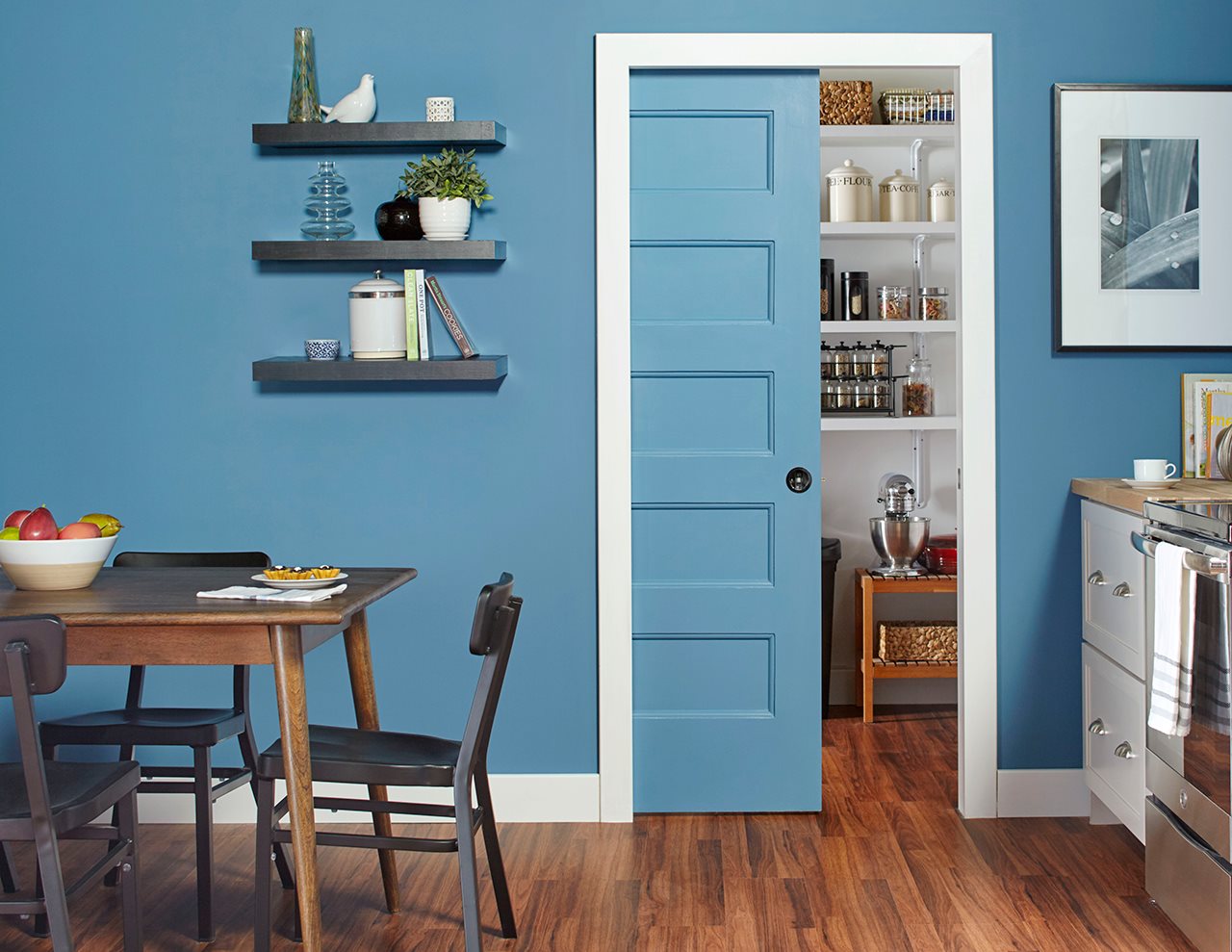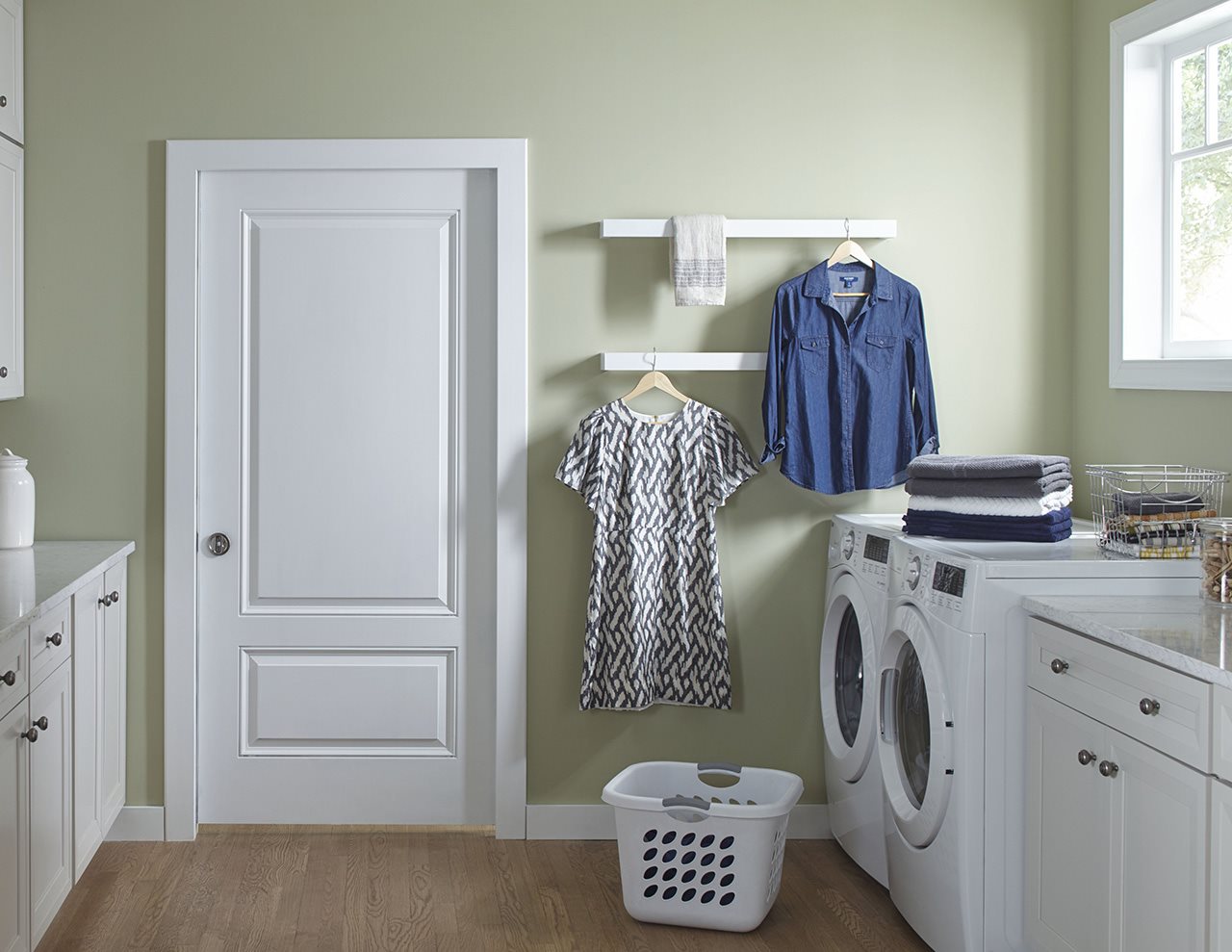2019-05-09T10:01:01
(BPT) – Did you know more than 13 million youth in the U.S. don’t know where their next meal is coming from? This is especially true during the summer, when children and teens don’t have access to free or reduced-cost lunches or breakfasts offered during the school year. In fact, over 22 million kids receive free or reduced-cost lunch during the school year, yet only 3.8 million kids have access during the summer, according to the U.S. Department of Agriculture.
While you may not realize it, many children are food insecure and going hungry in communities across the country. Looks can be deceiving — children who appear obese are often nutrient-starved and over-served cheap food filled with empty calories. A child’s growth, physical and mental health, cognitive development and performance in school all depend on receiving adequate nutrition.
To help combat child hunger, the YMCA of the USA offers a Summer Food Program in over 2,500 locations for kids and teens, providing nutritious meals, snacks and activities to keep children healthy and well-nourished all year.
“Just because school is out during the summer doesn’t mean child hunger takes a vacation,” says Stacey McDaniel, Anti-Hunger Initiatives Specialist at YMCA of the USA. “There are millions of children and teens who are hungry every single day — and that doesn’t go away in the summertime.”
How can you help children struggling with hunger? Here are some concrete steps.
Give to a food pantry.
Find out what your local food pantry needs. Typically, they need items such as canned proteins like tuna, salmon, chicken, beef or beans; peanut butter; plus canned fruits and vegetables without added salt or sugar. Ask if they accept fresh produce and milk, as this is often what is most lacking in the diets of children struggling with hunger. Organize a food drive with your house of worship, civic group or neighborhood to maximize your efforts.
If you can’t donate food, ask your local food pantry if you can donate time. Even sorting and organizing food can be helpful.
Support programs that feed children healthy meals.
Every summer, millions of children and teens who rely on free and reduced-cost lunch programs at school are at an increased risk of going hungry. The Y’s Summer Food Program helps fill that gap and is made possible with support from the Walmart Foundation. Depending on your community, the program may be hosted at local YMCA locations, or at parks and low-income apartment complexes, so transportation is not a barrier.
The Y also rolls out mobile food kitchens in multiple locations across the U.S. to deliver healthy meals and snacks and host healthy cooking demonstrations for local communities. Some Ys set up “farmer’s market” stores with affordable, nutritious food options in areas known as food deserts, where the nearest grocery store is over a mile away. You can help by donating, volunteering and spreading the word about the program.
Encourage local gardens.
Especially if you live near a food desert, help the community by growing fresh food right in the neighborhood. Seek out gardeners or small farms in your area and see if you can help them sell in a local farmer’s market to give area residents access to healthy, fresh food.
People living in food deserts may not have reliable transportation and as a result, are forced to rely on the nearest convenience store or gas station for food. What’s available at these places can ultimately be more expensive and typically consists of processed and less healthy items.
Advocate for the Community Eligibility Provision.
The Community Eligibility Provision allows high-poverty schools to serve breakfast and lunch at no cost to all enrolled students by tapping into federal support programs. Check with your school and advocate for the Community Eligibility Provision, so all kids may eat free in areas where 40 percent of youth qualify for a free or reduced-price lunch. No child should have to go hungry in the middle of the school day.
Encourage elected officials to strengthen food programs.
Every program that feeds children is another positive step toward ending food insecurity. These programs must be funded and protected, so all children have access to healthy meals year-round. Research programs and resources available in your community. Contact your local government officials and agencies and petition them to create and increase funding for programs to alleviate child hunger.
You may not spot the child hunger right in your neighborhood, but what you do in your community makes a difference. Visit theyfeedskids.org to learn about resources to help kids, discover healthy affordable recipes and find ways to make a difference in a child’s life.















